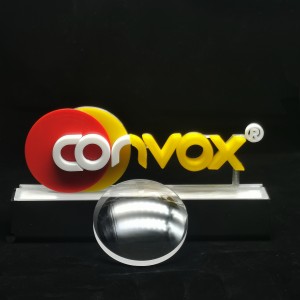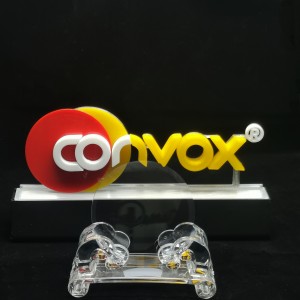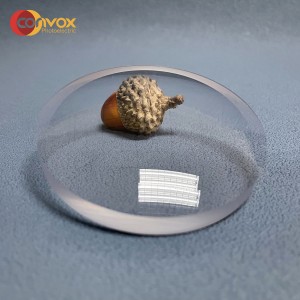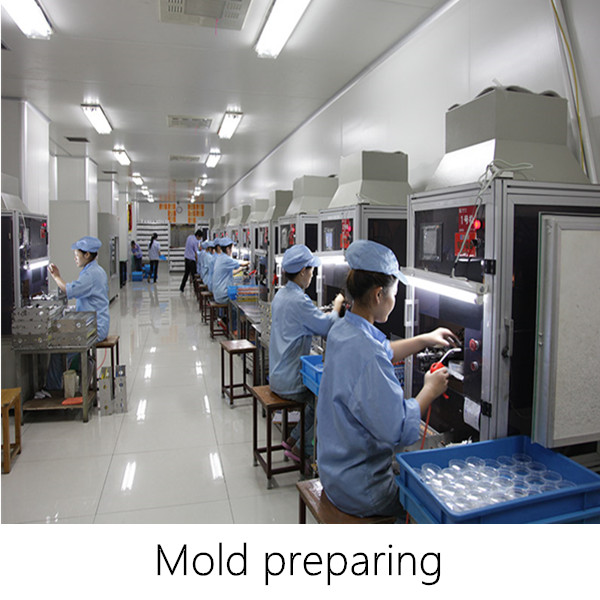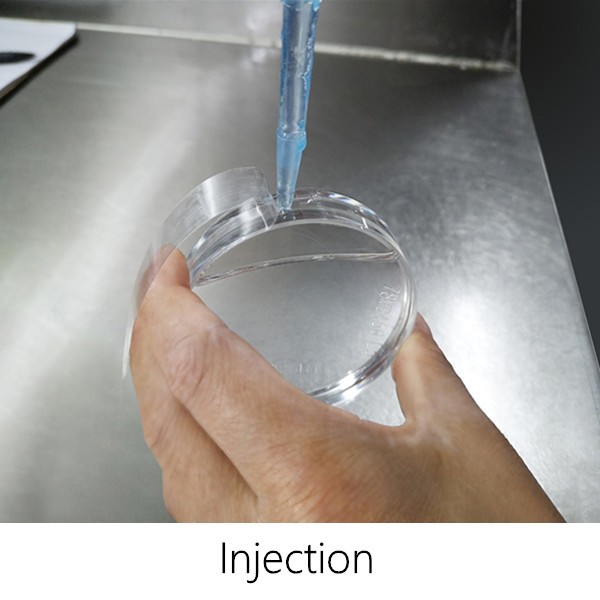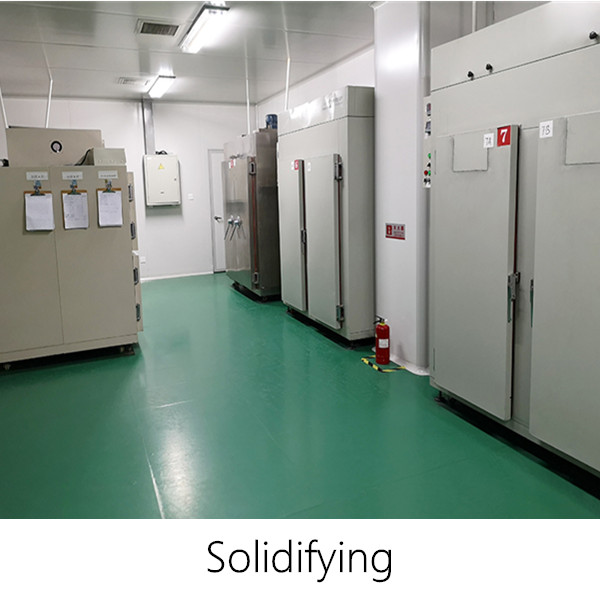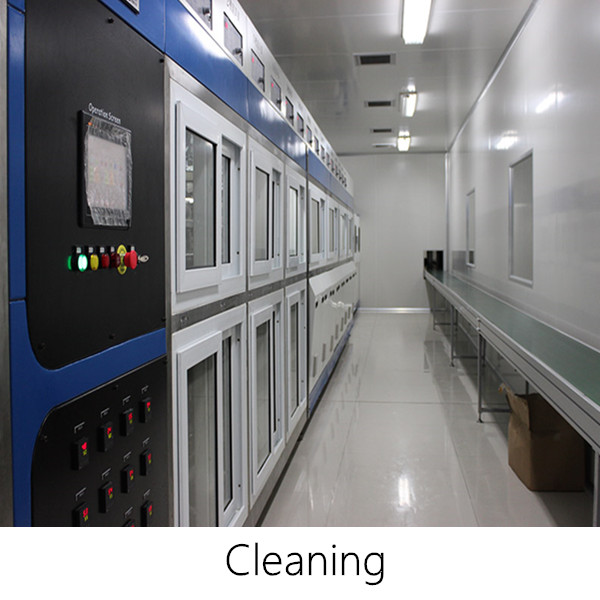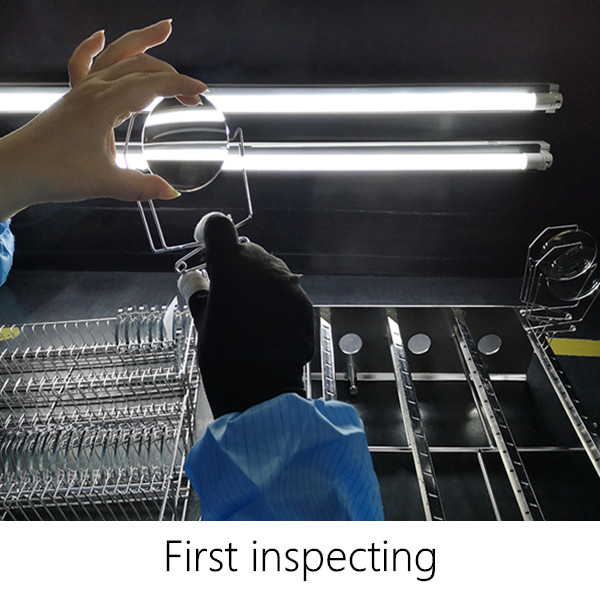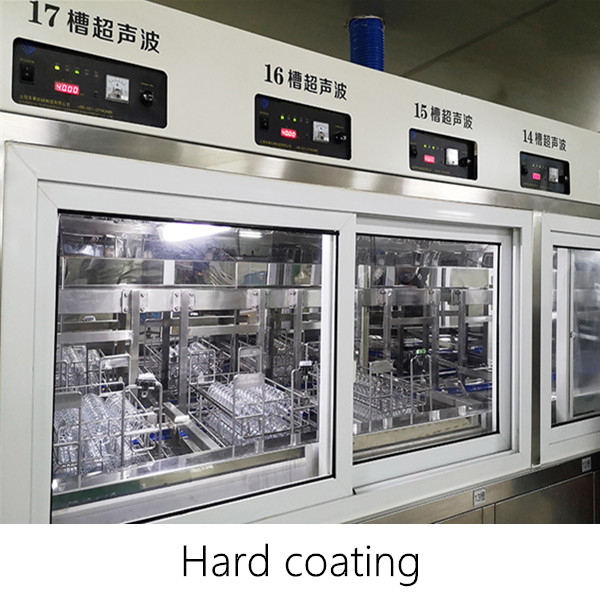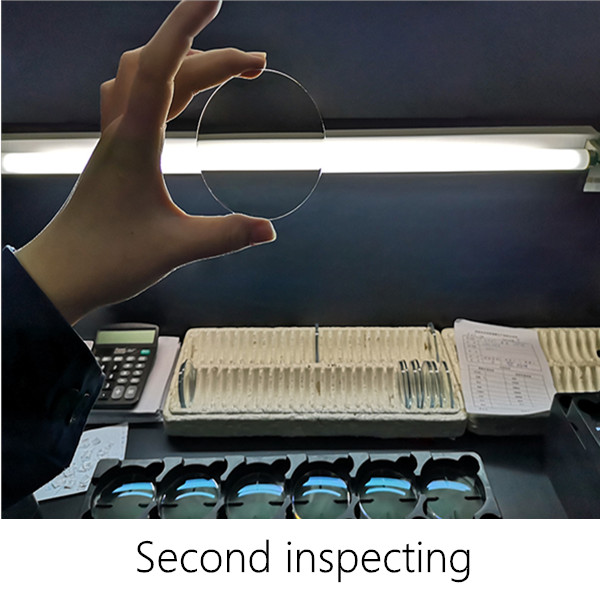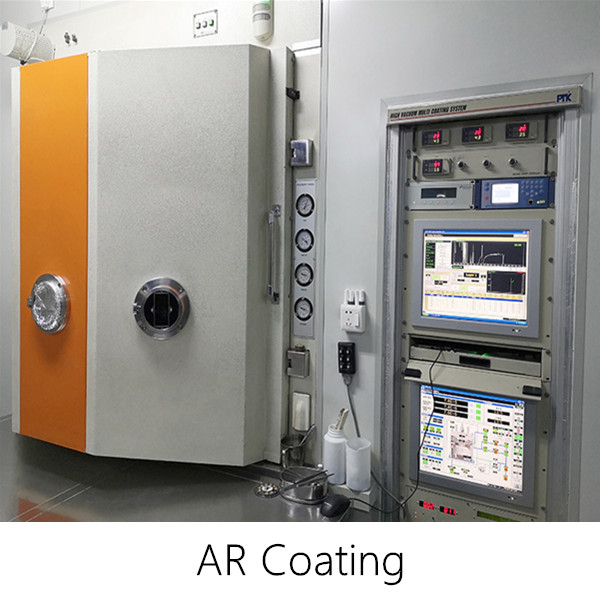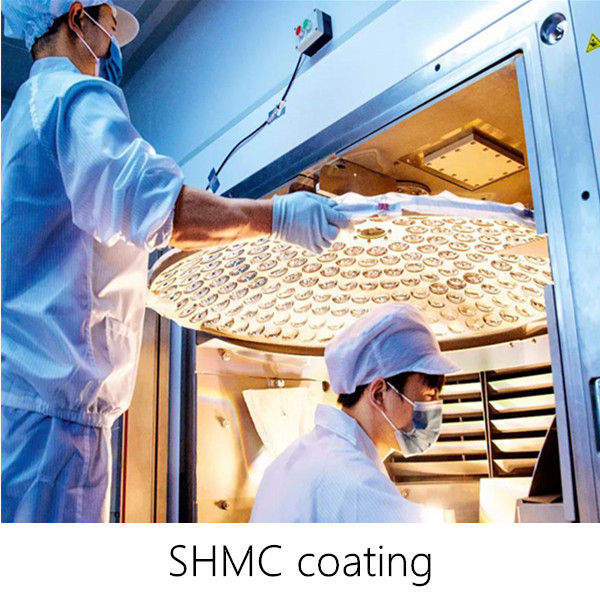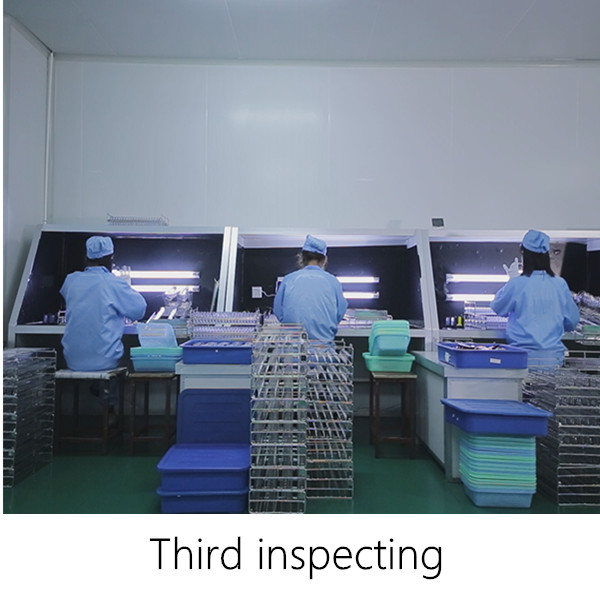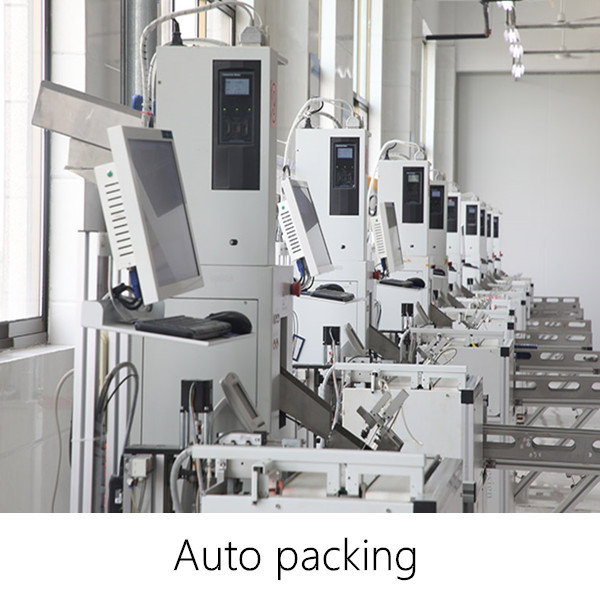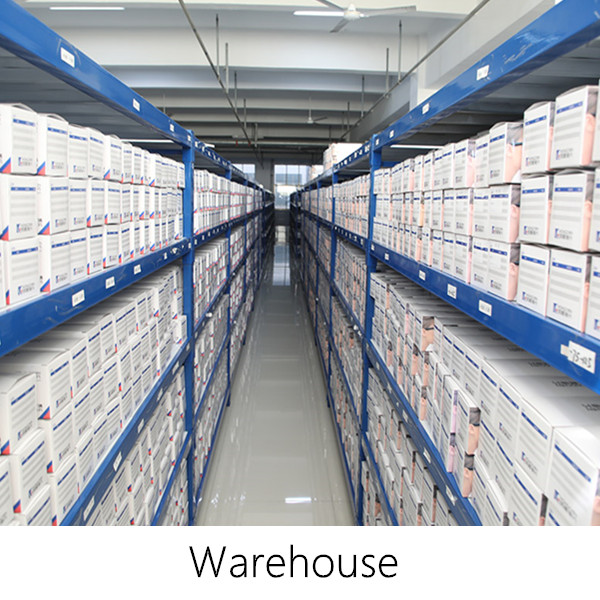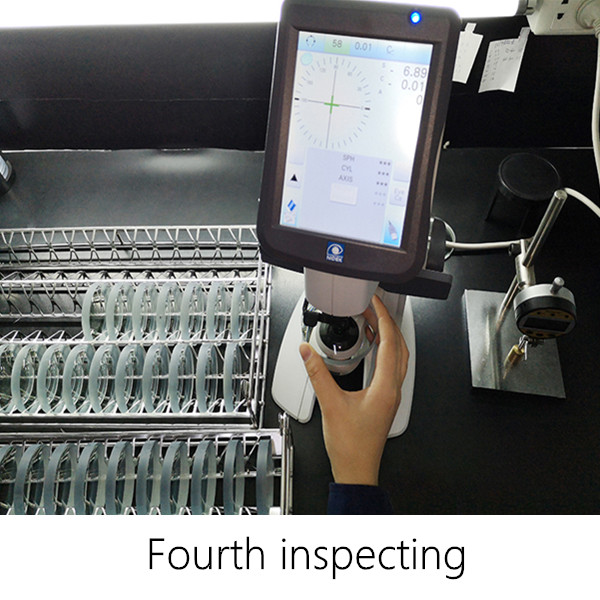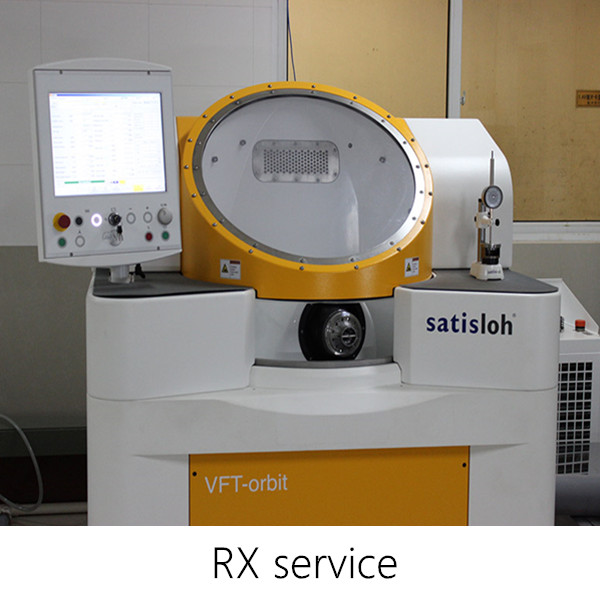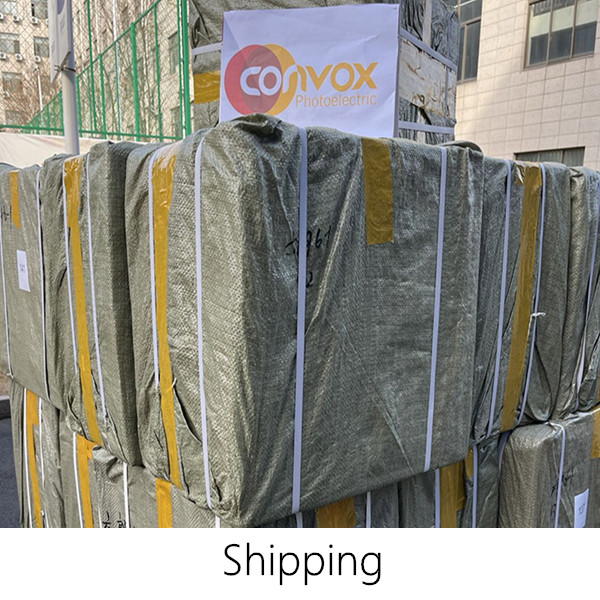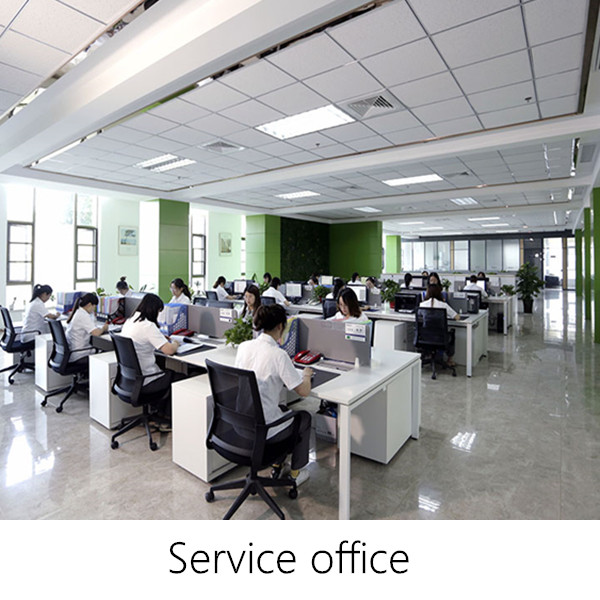1.74 SF semi-finished UC/HC/HMC ophthalmic lens
Products Description
What’s the Difference Between 1.67 and 1.74 High-Index Lenses?
1.74 high-index lenses are up to 10% thinner than 1.67 high-index lenses. Both have a high index of refraction and can accommodate strong prescriptions, but 1.74 high-index lenses are for especially strong ones: +/-8.00 or higher.
What Are the Advantages of High-Index Lenses?
- They’re thinner, lighter, and less obtrusive within frames, unlike thicker lenses that may protrude outwards. Lower-index lenses can also magnify or shrink the appearance of your eyes, which is not as much of a risk with high-index lenses. .
- They’re versatile. High-index lenses can be single-vision, progressive, and even light-responsive. You can also opt for high-index lenses that filter blue light, and if you’re getting sunglasses, polarized high-index lenses are an option, too. No matter how you’d like to customize your prescription lenses, it’s a good bet that high-index lenses can play along.
- They fit most frames. Your choice of frames won’t be restricted by high-index lenses: Their thin profile enables them to work with many frame styles if you have a higher prescription. (We recommend choosing a frame that centers your eyes behind each lens to reduce the thickness of your lenses. The stronger your prescription, the more important this is! Bigger frames = thicker lenses, regardless of the refractive index.)
- They’re comfortable. High-index lenses won’t sit heavy on your nose and ears, and they’re at less risk of sliding down than thicker lenses.
What Are the Disadvantages of High-Index Lenses?
- They’re not as impact-resistant as other lenses. High-index lenses aren’t always the best choice for children or for someone playing high-contact sports, as they’re slightly more fragile than polycarbonate and other plastic lenses.
- They can cost more than other lenses. Due to their materials and manufacturing process, high-index lenses can add extra cost to your eyewear bill. Some sellers price high-index lenses at hundreds of dollars more than conventional lenses. At Warby Parker, ordering high-index lenses will add $50–$150 to your total.
- They’re more reflective than other lenses. High-index lenses are prone to reflecting light, which can be distracting in bright environments. This property may make it tougher to see and drive at night. An anti-reflective coating is therefore a must for high-index lenses—and all of ours come with this coating already applied.
Can You Have High-Index Lenses in Sunglasses?
Yes, sunglasses can have high-index lenses. High-index lenses can be polarized or have a mirrored coating, so you can style your prescription sunglasses to your heart’s content.
Are High-Index Lenses Worth It?
So: Should you get high index lenses? If their aesthetics appeal to you, high-index lenses are a great way to get the thinnest lenses for a high prescription. When compared to lenses with a lower index of refraction, their benefits outweigh the bump in cost for many wearers.
Interested? Check with your eye doctor or optician, and see if high-index lenses are right for you.
|
Place of Origin:CN;JIA
|
Brand Name:CONVOX
|
|
Model Number:1.74
|
Lenses Material:Resin
|
|
Vision Effect: Single Vision
|
Coating:UC/HC/HMC
|
|
Lenses Color: Clear
|
Diameter:65/70/75mm
|
|
Abba Value:33
|
Specific Gravity:1.74
|
|
Transmittance:98-99%
|
Abrasion Resistance:6-8H
|
|
Coating Choice:UC/HC/HMC
|
Index:1.74
|
|
Material:MR-174
|
Guarantee:1~2 Year
|
|
Delivery Time:Within 20 Days
|
RX Power available
|

Semi Finished Lenses
Semi-finished lens is the raw blank used to produce the most individualized RX lens according to thepatient's prescription. Different prescription powers request for different semi-finished lens types or base curves.
The semi-finished lenses are produced in a casting process. Here, liquid monomers are first poured into moulds. Various substances are added to the monomers, e.g. initiators and UV absorbers. The initiator triggers a chemical reaction that leads to hardening or "curing" of the lens, while the UV absorber increases the UV absorption of the lenses and prevents yellowing.
--Hardness: One of the best quality in hardness and toughness, high impact resistance.
--Transmittance: One of the highest transmittance as compared with other index lenses.
--ABBE: One of the highest ABBE value providing the most comfortable visual experience.
--Consistency: One of the most reliable and consistent lens product physically and optically.

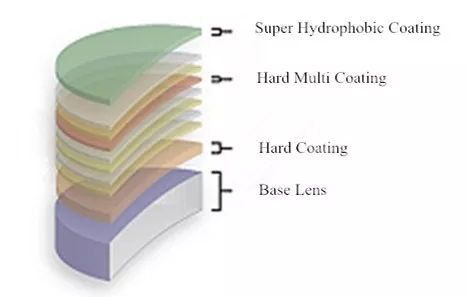
Hard coating: Make the uncoated lenses are easily subjicted and exposed to scratches
AR coating/Hard multi coating: Protect the lens effectively from reflection, enhance functional and charity of your vision
Super hydrophobic coating: Make the lenswaterproof, antistatic, anti slip and oil resistance
Lens material
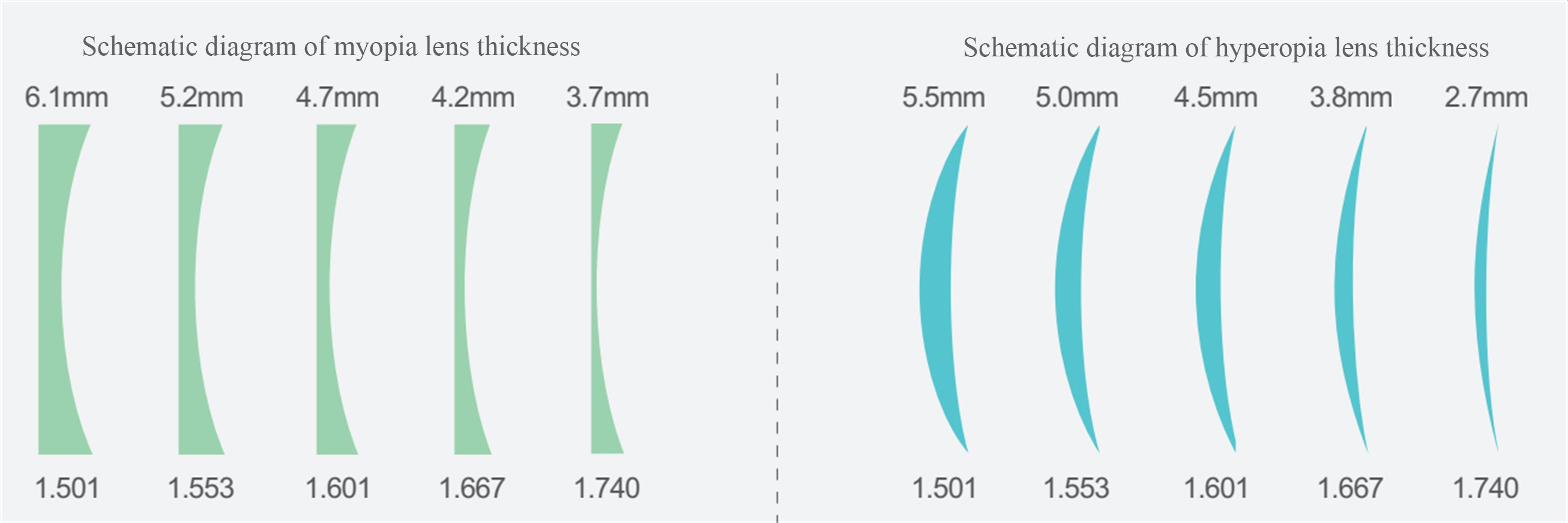
CONVOX Lenses uses polymer structural resin as the lens material to improve the quality of the lens, making the lens lighter, more impact-resistant, and more translucent, ensuring that the lens is clear, bright, and durable.
*Under the same power, the lens with the higher refractive index is lighter and thinner, and it is more comfortable to wear.
New anti-reflective coating
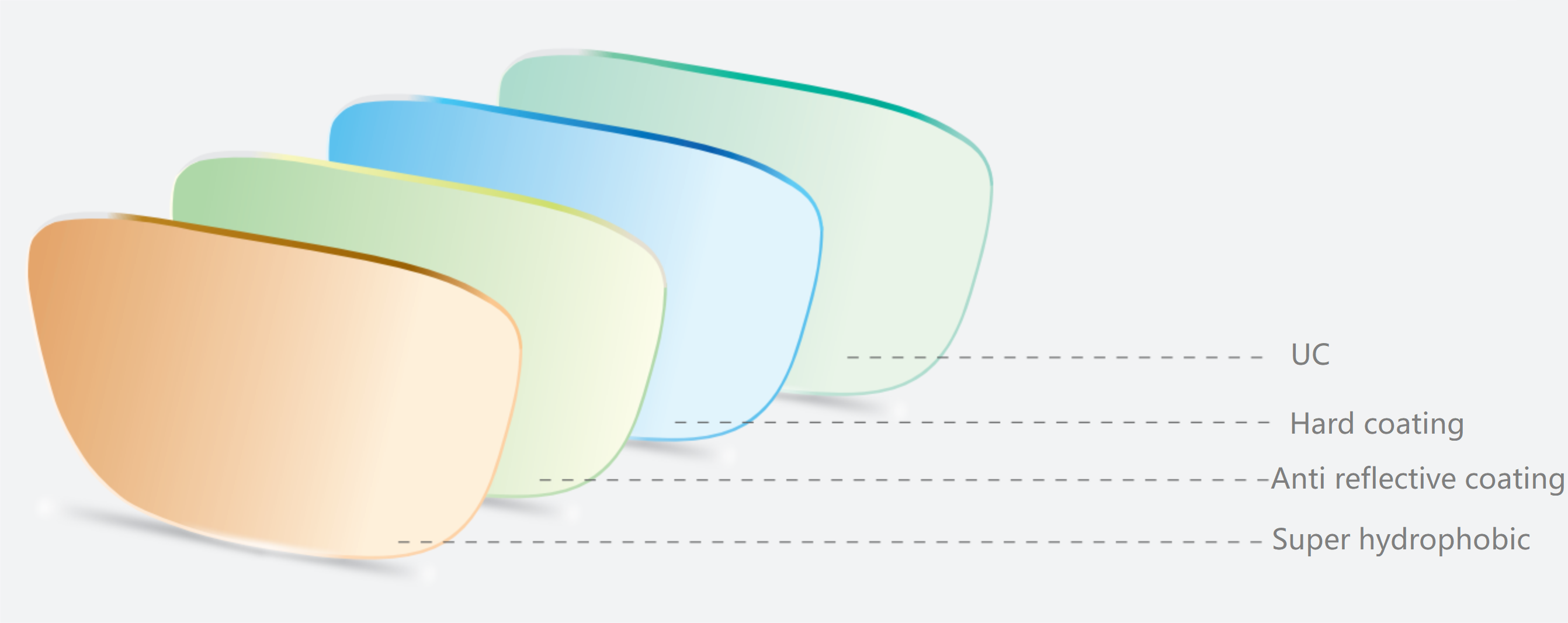
The new anti-reflective film layer has super anti-ultraviolet function, and can filter a large amount of stray light, enhance the imaging quality of the lens, and the imaging effect at night is better, which greatly improves the safety of night driving.
Scratches on lenses are distracting, unsightly and in certain conditions even potentially dangerous.
They can also interfere with the desired performance of your lenses. Scratch-resistant treatments toughen up the lenses making them more durable.
Unique optical concept design
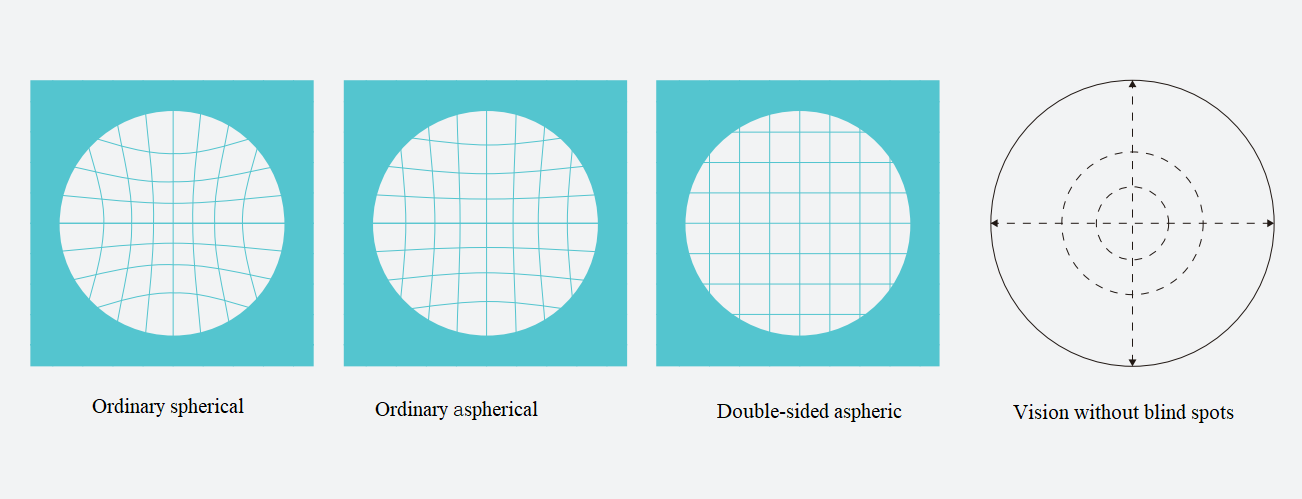
Double non-design, lighter, thinner, wider field of vision, clearer vision.
360 ring focus peripheral vision control technology, no dead corners and no blind spots, relieve myopia deepening, and effectively correct vision.
Asymmetrical design + advanced "multiple design", looking at far, middle and near in all directions.
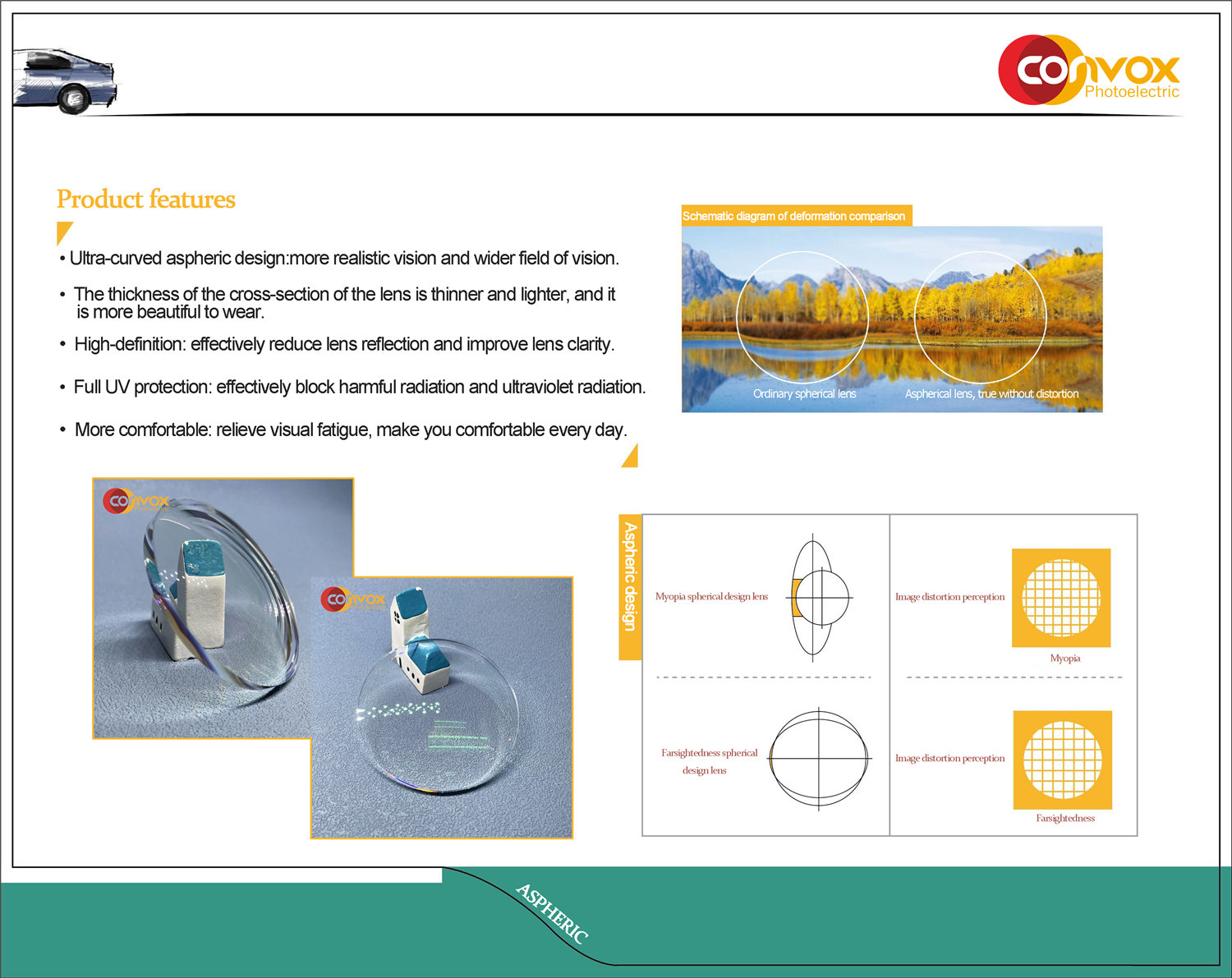
Different Color Coating To Choice.
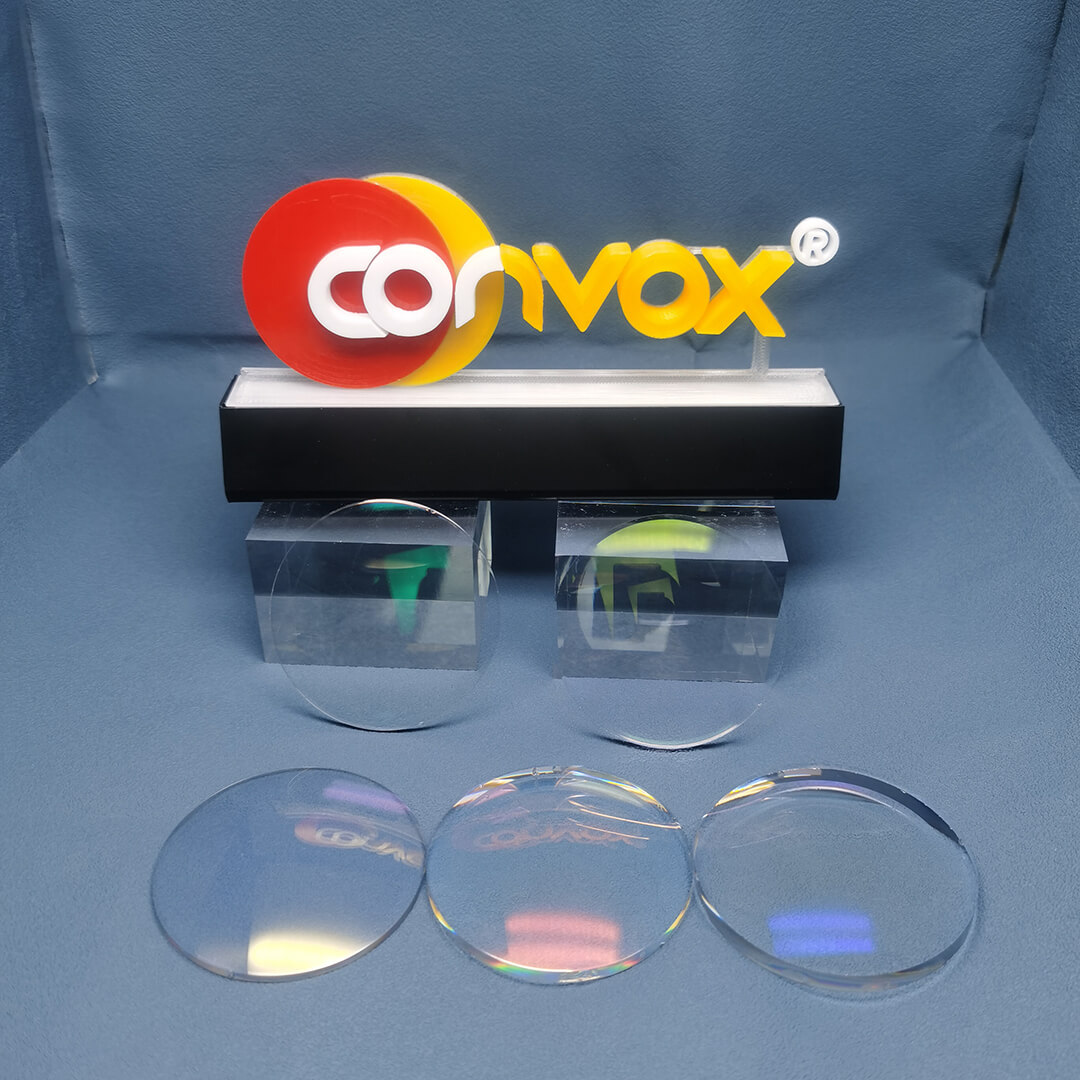
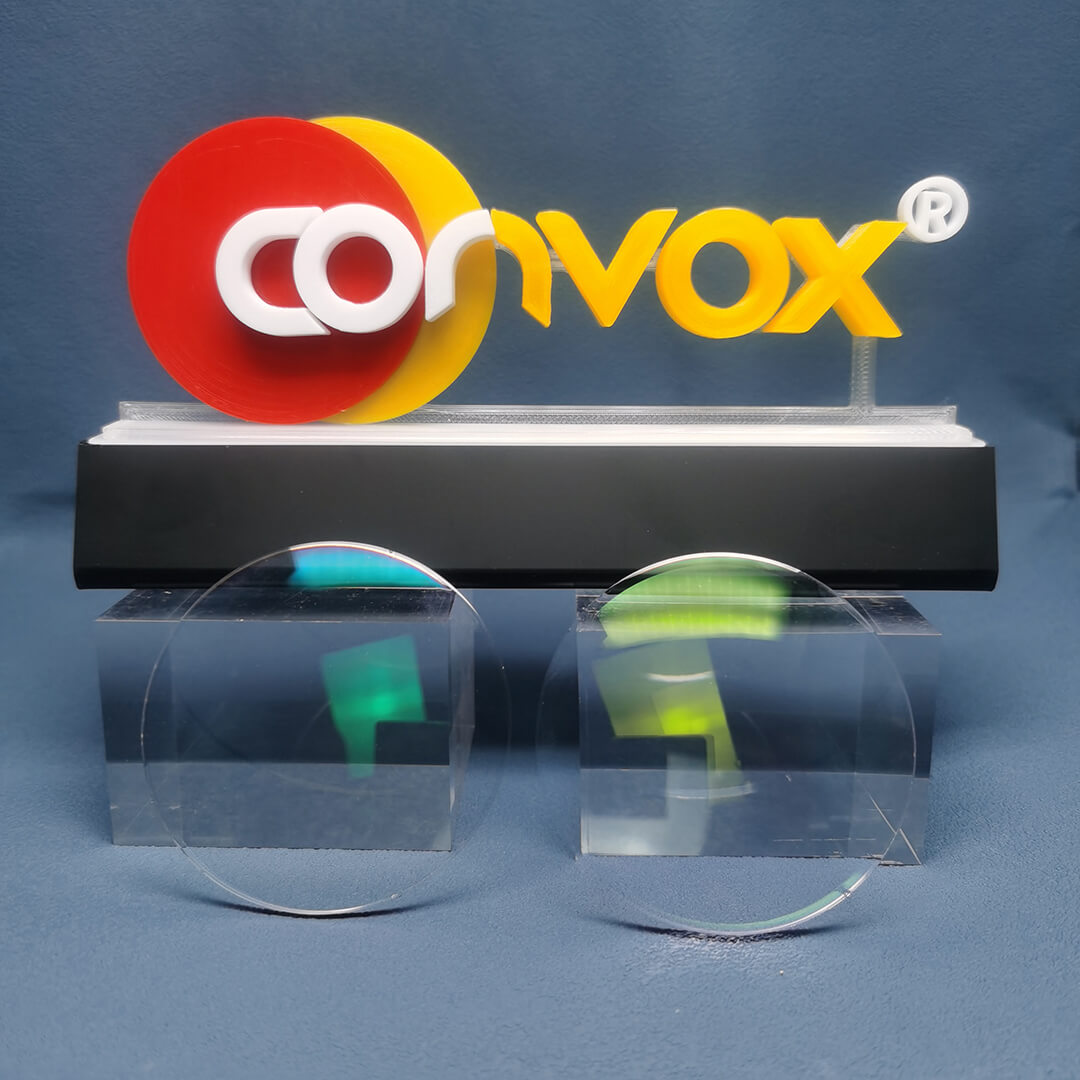
Product Packaging
- Packaging Details
- Semi finished lens packing:
- box packing (For choice):
- 1)Standard white box
- 2)OEM with customer's LOGO, have MOQ requirement
- Cartons: standard cartons:50CM*45CM*33CM(Every carton can include around 210 pairs lens,21KG/CARTON)
- Port:SHANGHAI
Shipping & Package
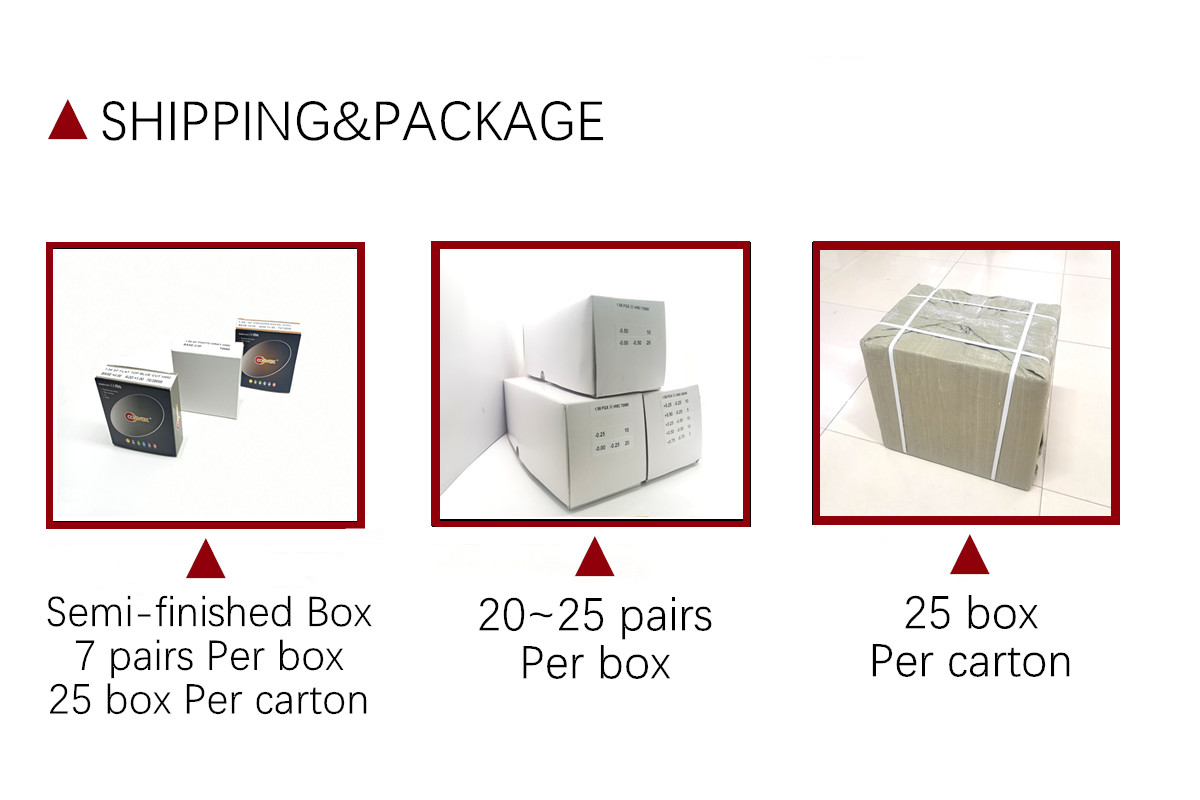
Production Flow Chart
About Us

Certificate

Exhibition
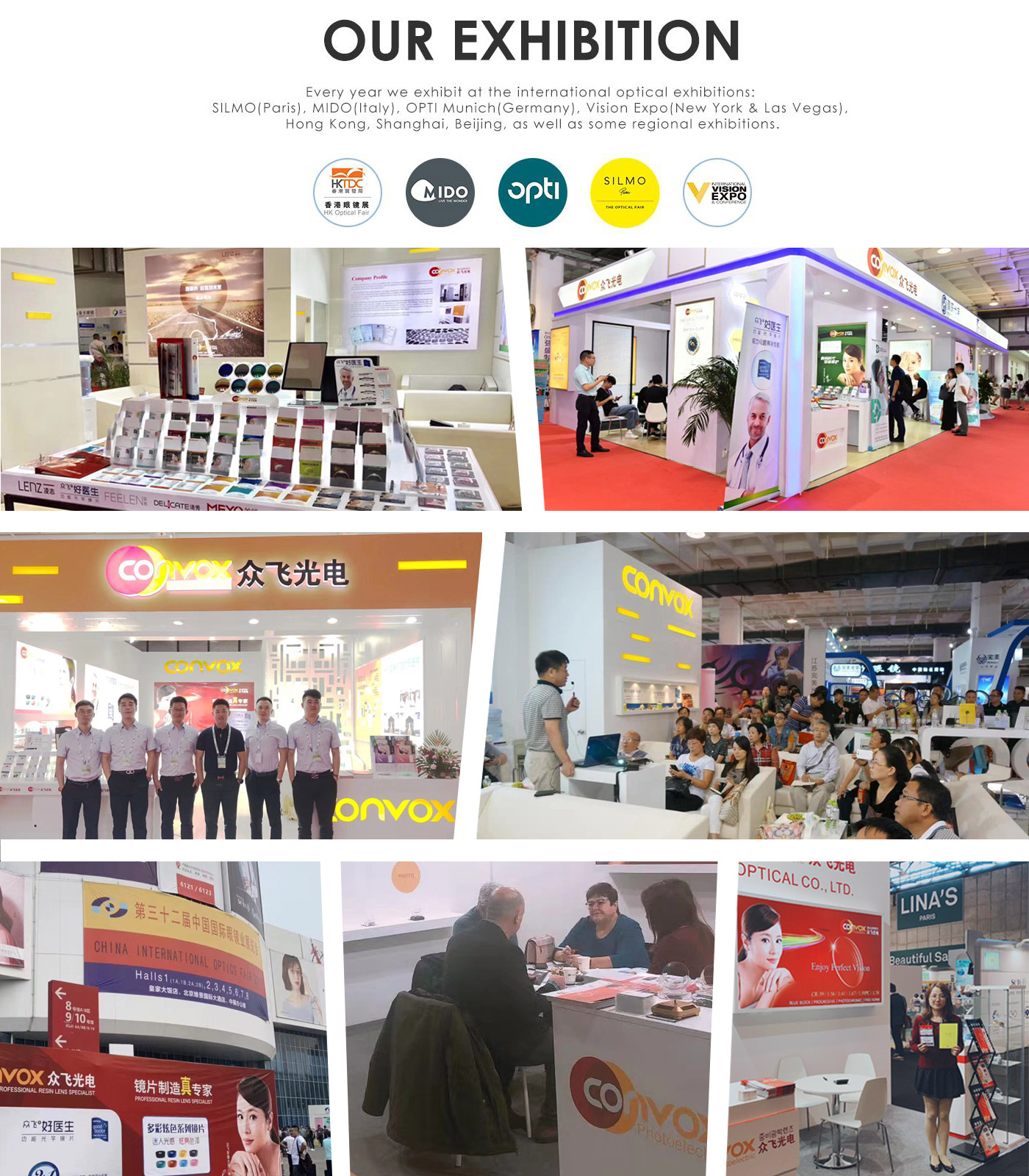
Our Products Testing

Quality Checking Procedure

FAQ



